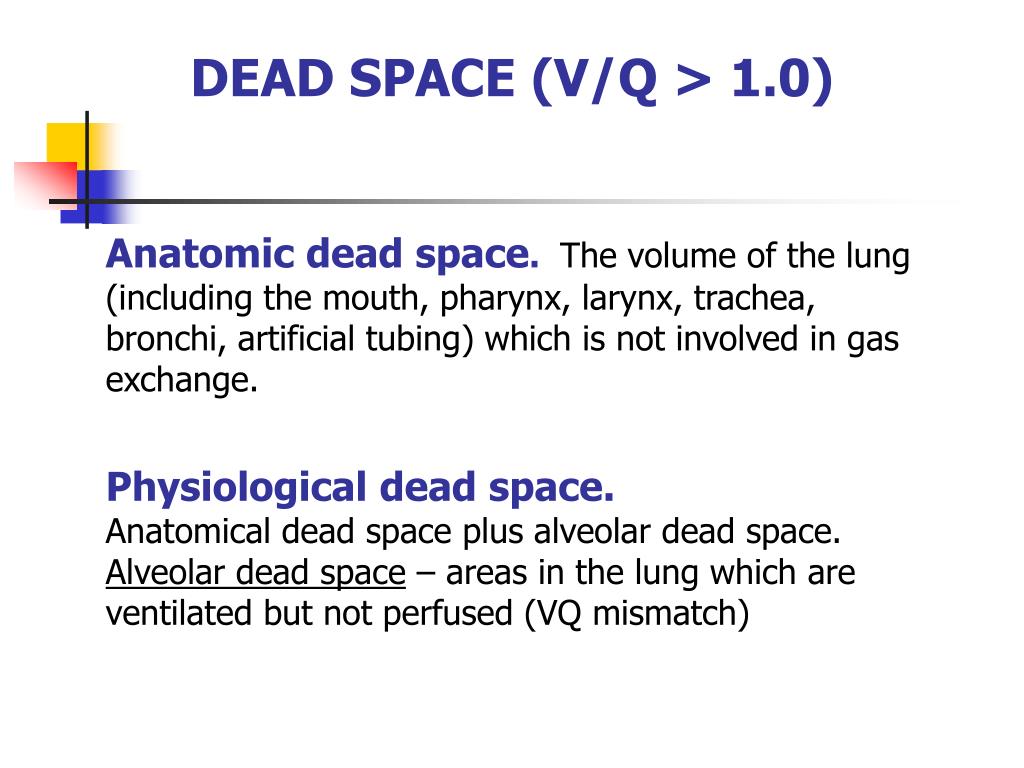

Critics of capnography reference multiple studies that conclude that ETCO 2 and PaCO 2 do not reliably correlate in some clinical situations. Advocates of capnography feel that end-tidal carbon dioxide (ETCO 2) may be used as a surrogate of arterial carbon dioxide (PaCO 2), which would provide a quick and noninvasive assessment of the adequacy of ventilation. There is less agreement about the utility of continuous capnography for ventilated intensive care unit patients 12. Capnography is also useful for monitoring the integrity of the ventilator circuit for early detection of mishaps such as inadvertent extubation 9, 10, 11.

Capnography is a useful monitoring tool during mechanical ventilation and is the standard of care for confirmation of endotracheal tube placement 1, 2, 3, 4, 5 and for monitoring in the operating room setting 6, 7, 8.


 0 kommentar(er)
0 kommentar(er)
